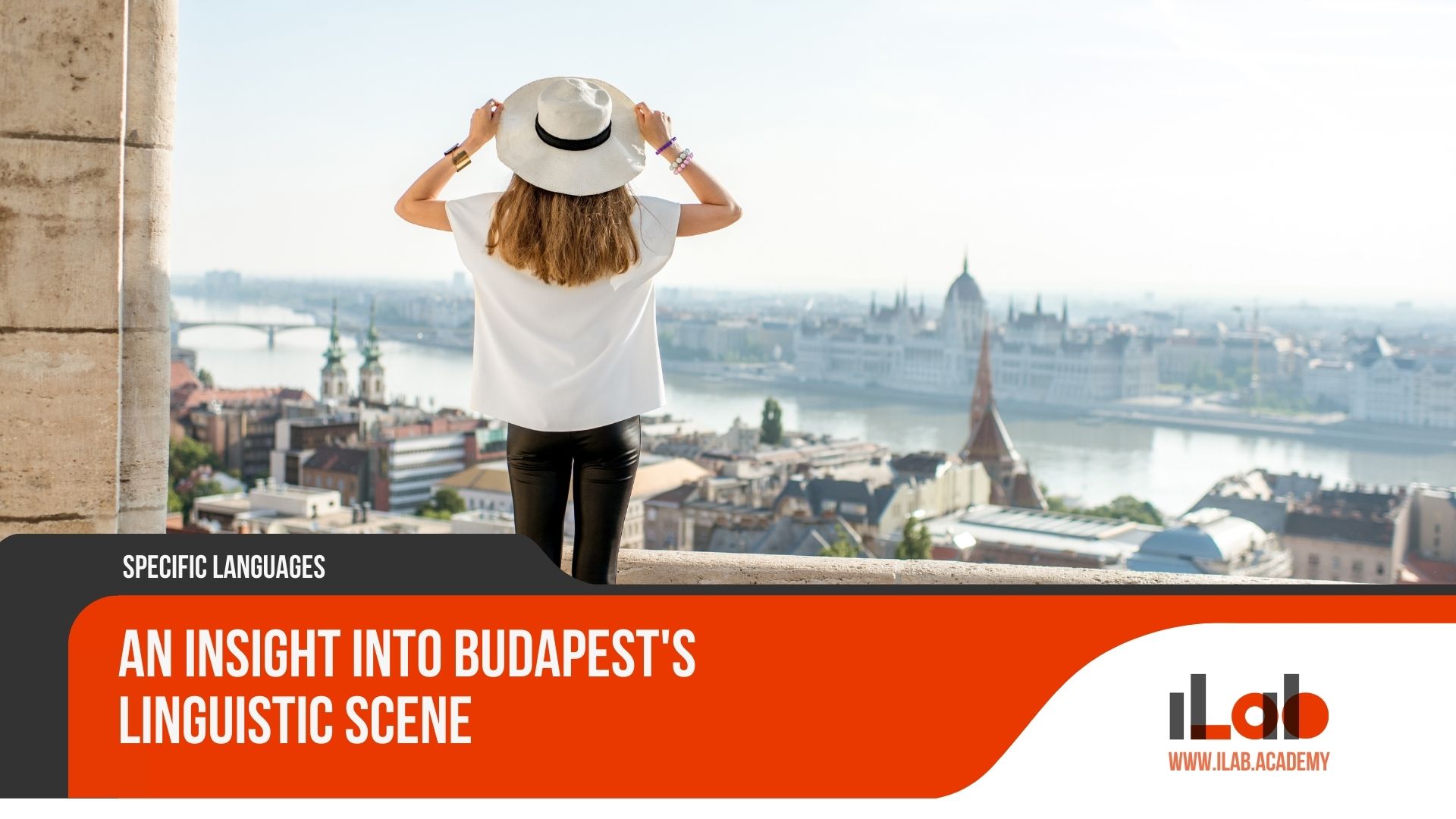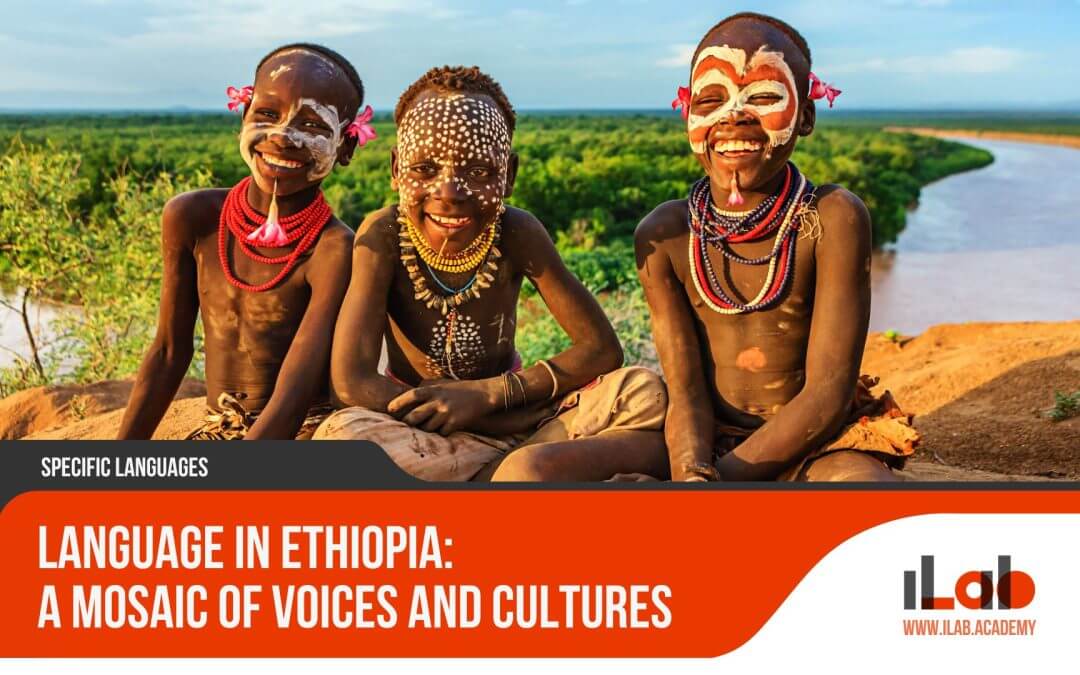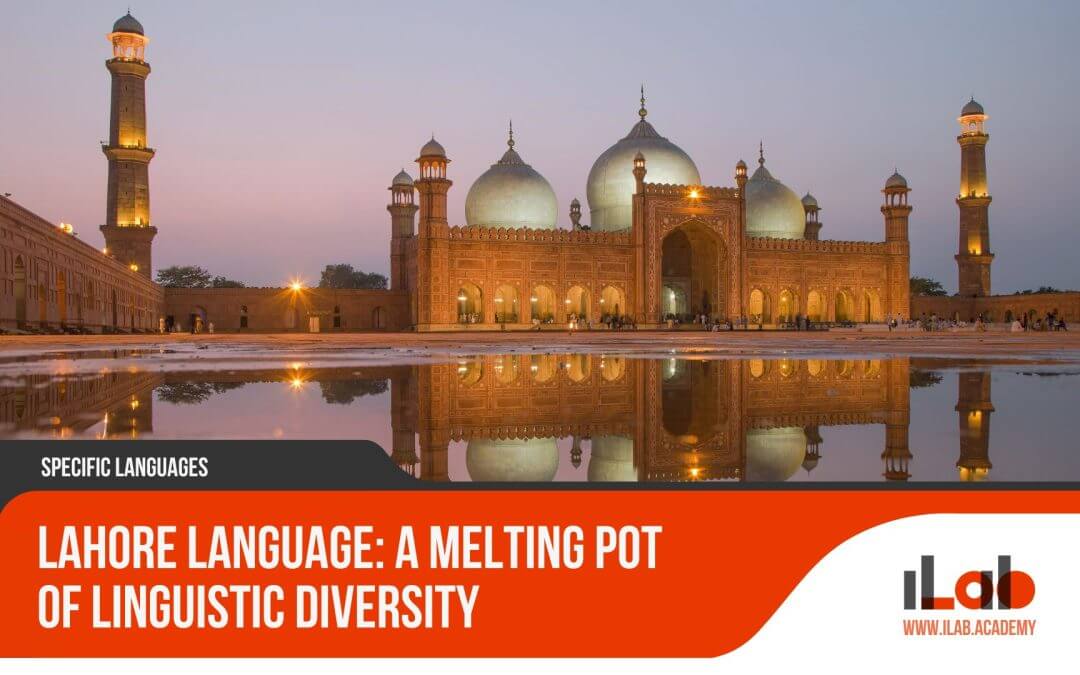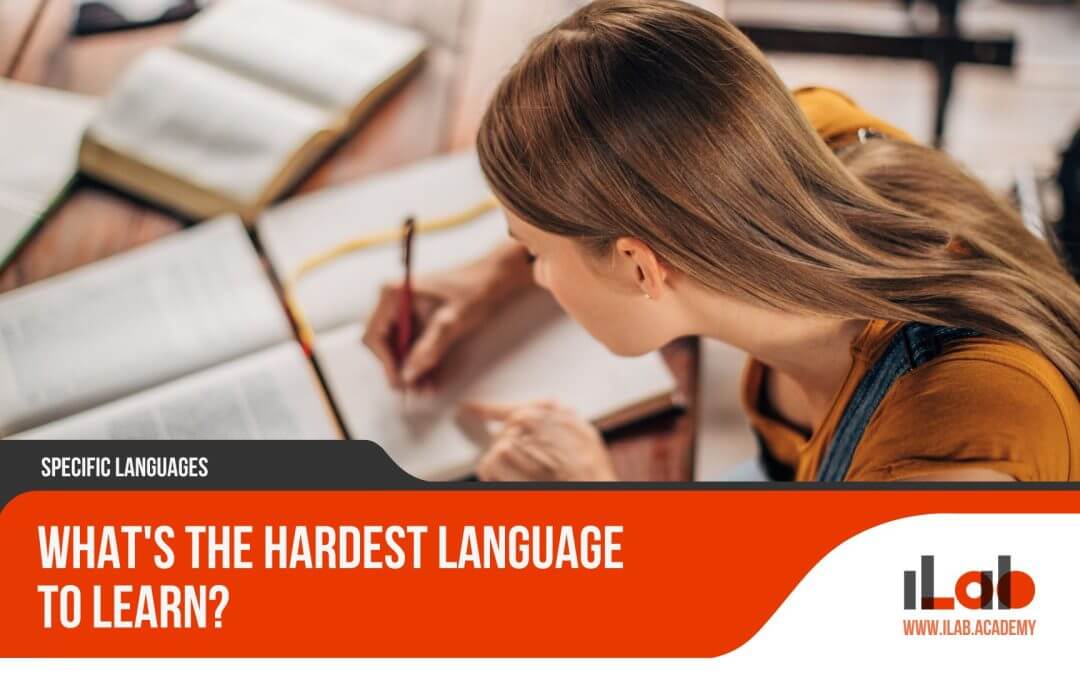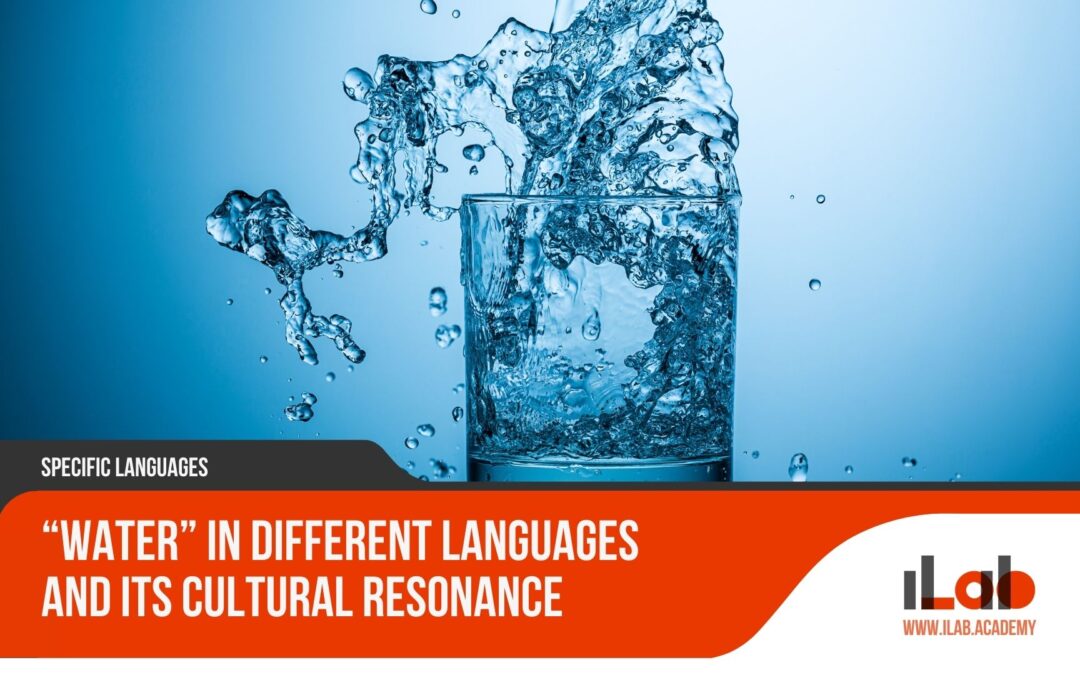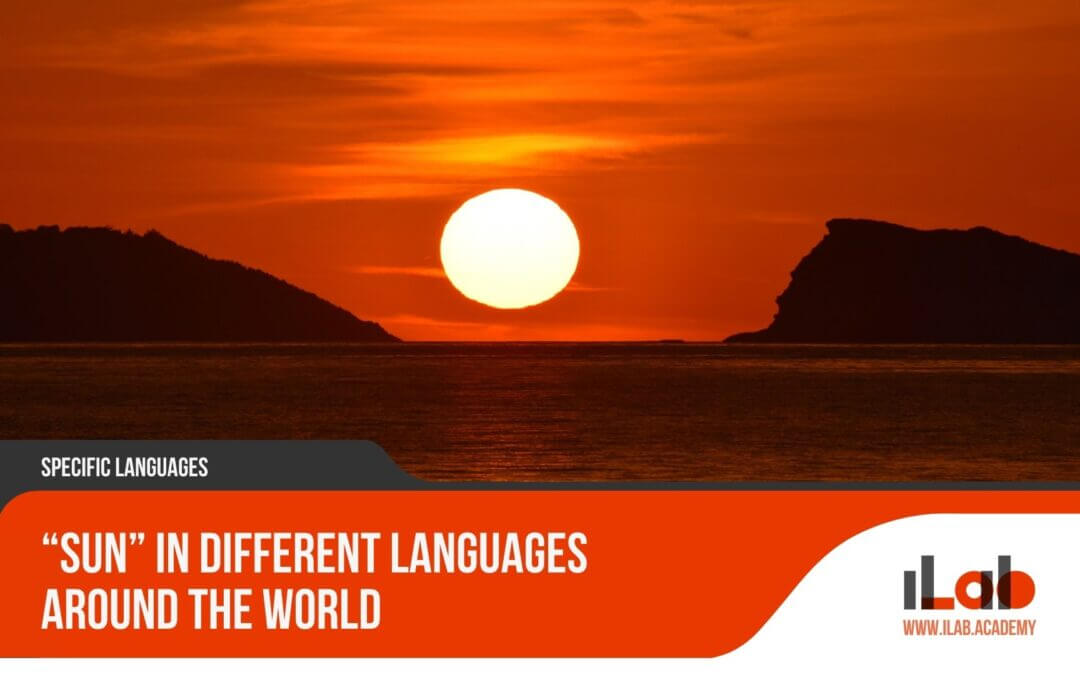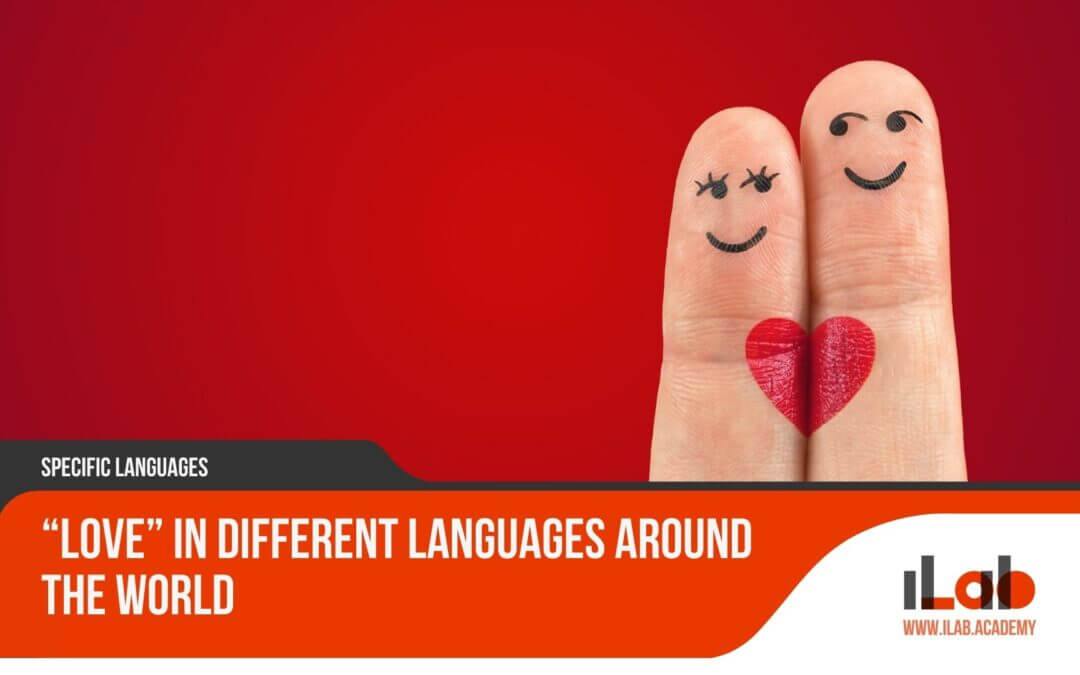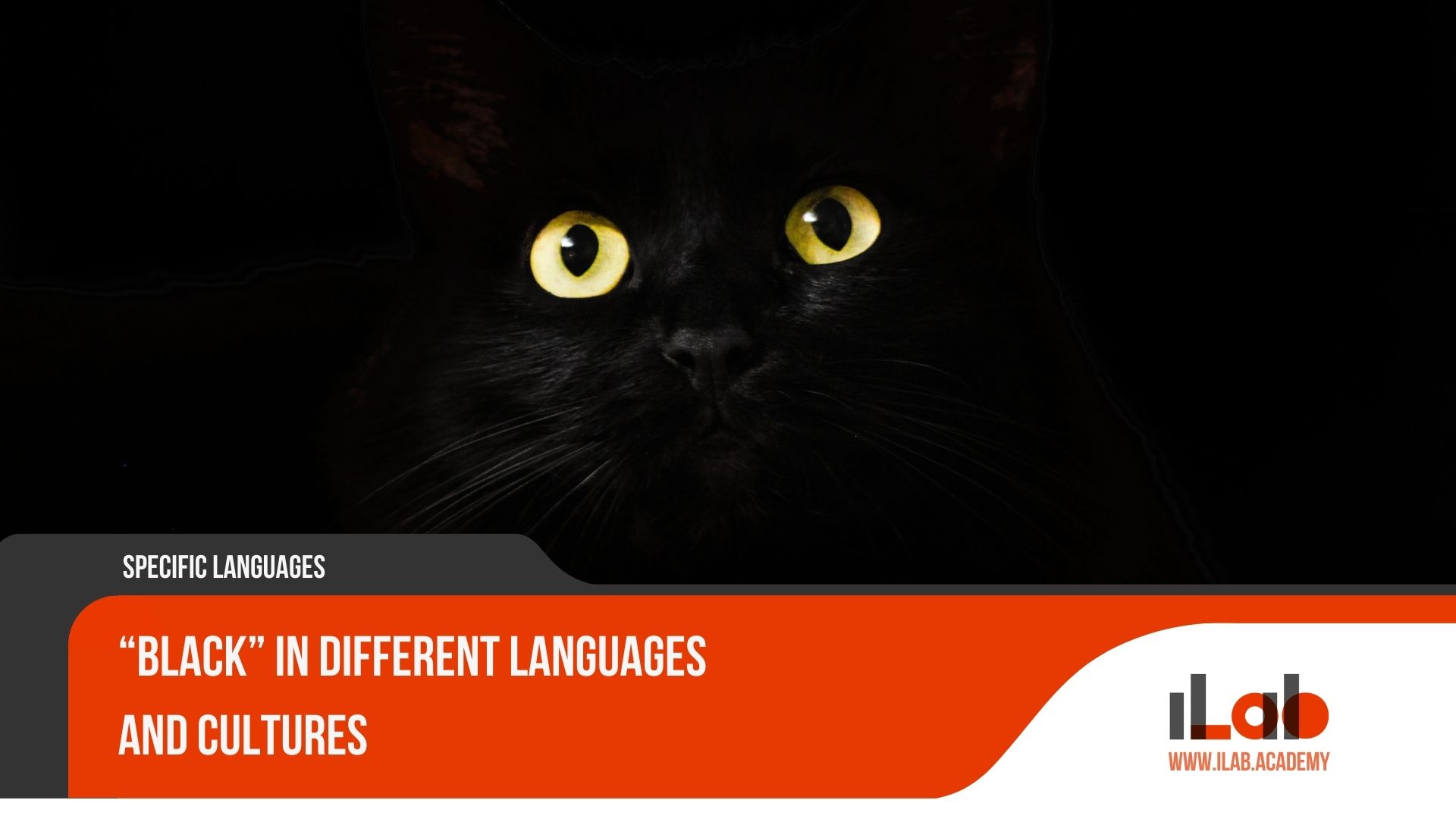Table of contents
Nestled along the banks of the Danube, Budapest stands as a living archive of languages, each telling a story of cultural confluence and historical epochs that have swept through the city. In navigating the complexity of Budapest’s linguistic scene, one must consider the resilience of the Hungarian language with its unique Finno-Ugric roots—a linguistic gem amid a sea of Indo-European tongues. Simultaneously, the imprints of foreign dominions and the contemporary winds of globalization have woven a tapestry rich with multilingual threads, from German and Turkish to English and beyond. As this discourse unfolds, it beckons those who seek to understand how such a city negotiates the preservation of its own linguistic heritage while adapting to the demands of an increasingly interconnected world. The intricacies of this negotiation, influenced by education policies, economic forces, and the digital age, will reveal much about the evolving identity of Budapest—where the old and new not only coexist but converse.
Key Takeaways
- Hungarian is the dominant language in Budapest, with its Uralic roots and unique characteristics setting it apart from other European languages.
- Budapest’s linguistic landscape is influenced by its historical interactions, from the Austro-Hungarian Empire to recent globalization trends, resulting in a diverse range of languages spoken in the city.
- Language education and policies in Budapest play a significant role in preserving Hungarian and promoting multilingual education.
- English and other foreign languages have a growing presence in Budapest, contributing to the city’s economy, education, and global communication.
The Heart of Budapest’s Dialogue: The Hungarian Language
While most European capitals are linguistic mosaics, the heart of Budapest’s dialogue beats in the rhythm of the Hungarian language, a tongue with deep Uralic roots that sets it apart from its Indo-European neighbors. Unlike most languages in Europe, Hungarian belongs to the Finno-Ugric language family, sharing distant kinship with Finnish and Estonian. This unique heritage is reflected in its complex grammar, agglutinative structure, and a vocabulary that is largely distinct from the Germanic, Romance, and Slavic languages that dominate the continent.
The Hungarian language’s presence in Budapest is not simply a matter of geographic or political happenstance but a core component of the city’s cultural identity. It is a language that has endured and adapted through a tumultuous history, from the Magyar tribes’ conquest of the Carpathian Basin to the modern era of globalization. Its survival and dominance in Budapest’s public life, education, and media attest to its resilience and the value placed upon it by Hungarians.
In daily life, Hungarian is the primary mode of communication, underpinning interactions in markets, schools, and offices throughout the city. It is the language of official documentation, media broadcasts, and literary discourse, serving as a unifying force among Budapest’s residents. Moreover, the language’s structure, with its rich inflectional system and extensive use of suffixes, offers insights into the Hungarian way of thinking and organizing the world, a perspective that is as linguistically unique as it is culturally emblematic.
Understanding the predominance of the Hungarian language in Budapest provides a lens through which to view the city’s soul—a tapestry woven from threads of historical resilience and linguistic pride.
Multilingual Budapest: Historical and Modern Influences
Budapest’s linguistic diversity is a mosaic shaped by centuries of historical interactions, from the coexistence within the Austro-Hungarian Empire to the city’s integration into the global economy. This complex history has left indelible marks on the city’s linguistic fabric, where languages have been both imposed and embraced, reflecting Budapest’s geopolitical shifts and cultural exchanges.
The Austro-Hungarian Empire’s influence ensured that German became a lingua franca, while minority languages like Slovak, Croatian, and Romanian were spoken within its boundaries. Post-World War I saw a reduction in multilingualism due to national boundaries being redrawn, but German and Russian influences persisted through World War II and the Cold War, respectively.
Modern globalization trends have elevated English’s status as an essential tool for international business and tourism. Additionally, Budapest’s growing expatriate community has introduced a variety of languages to the city’s soundscape. The city’s educational system has responded by promoting language learning and offering programs in several languages to accommodate this diversity.
To paint a picture of Budapest’s linguistic influences, consider the following table:
| Era | Languages Introduced |
|---|---|
| Austro-Hungarian Empire | German, Yiddish, Slovak, Croatian, Romanian |
| Post-World War I | Consolidation of Hungarian, diminishment of minority languages |
| Cold War Period | Russian, maintenance of German |
| European Union Integration | Revival of minority languages, growth in English usage |
| Globalization & Expatriates | English, Spanish, Chinese, Arabic, and other global languages |
This table illustrates the ebb and flow of linguistic diversity throughout the city’s history, reflecting broader social and political currents. Understanding this multilingual heritage is essential for appreciating Budapest’s current linguistic scene, which continues to evolve as the city cements its place in a connected world.
Language Education and Policy in Budapest
In Hungary’s capital, language education and policy intertwine to both preserve the nation’s linguistic heritage and embrace the benefits of multilingualism. The government’s commitment to safeguarding the Hungarian language is evident through its mandatory status in public education. Students are immersed in Hungarian from an early age, ensuring its continued prominence in society’s fabric.
However, the educational landscape in Budapest is not monolingual. Bilingual and language immersion schools are integral parts of the system, reflecting the city’s openness to linguistic diversity. These institutions offer instruction in languages such as English, German, French, and sometimes even Chinese, catering to both international communities and Hungarian families seeking multilingual opportunities for their children.
Governmental policies further influence the city’s linguistic dynamics. They are designed to strike a balance between nurturing the Hungarian language and accommodating the growing need for proficient speakers of global languages. This is particularly relevant in a city like Budapest, where tourism, international business, and a vibrant expatriate community necessitate a workforce that is adept in multiple languages.
The educational authorities in Budapest also emphasize the importance of language learning by incorporating foreign language proficiency into the national curriculum. Students are encouraged, and sometimes required, to learn at least one foreign language, with many opting for English due to its international relevance. Consequently, Budapest’s youth are emerging as proficient multilingual speakers, a trend that promises to bolster the city’s position in a globalized world while maintaining its linguistic roots.
The Role of English and Other Foreign Languages in Budapest
Building on the foundation of a robust multilingual education system, the proliferation of English and other foreign languages in Budapest is reshaping the city’s communicative landscape in commerce, academia, and daily interactions. The ascendancy of English is evident in Budapest’s bustling corridors of international business and tourism, where it serves not only as a tool for global trade but also as a welcoming gesture to visitors from around the world. In the realm of higher education, English-taught programs attract a diverse student body, fostering a cosmopolitan academic community and positioning the city as an educational hub in Central Europe.
Moreover, Budapest’s youthful demographic, often fluent in English and other foreign tongues, epitomizes the city’s outward-looking stance. This linguistic agility enables young Hungarians to seize opportunities in multinational companies and participate in cross-border collaborations. The presence of other foreign languages, such as German, French, and Spanish, underscores the city’s historical ties and its ongoing cultural exchanges with European neighbors and beyond.
The strategic embrace of multiple languages is more than an economic imperative; it is a bridge that connects Budapest to the broader currents of global communication. Language competence in English and other languages is a reflection of the city’s open-mindedness and adaptability in the face of an increasingly interconnected world. As such, foreign languages are not merely foreign in Budapest; they have become integral strands in the city’s vibrant linguistic tapestry, enhancing its international allure and cultural richness.
The Impact of Migration on Budapest’s Linguistic Diversity
As migration patterns shift, Budapest’s linguistic landscape is becoming increasingly diverse, with new communities adding their languages to the city’s rich cultural mosaic. This influx of people from different corners of the world has brought about a significant change in the city’s day-to-day communication, with a variety of languages now being spoken. The impact of this migration is evident in several aspects of life in Budapest:
- Emergence of Multilingual Neighborhoods: Areas in Budapest, especially those with a high concentration of immigrants, have transformed into multilingual hubs where multiple languages are heard in markets, on the streets, and in local businesses.
- Diversification in Education: Schools in Budapest are adapting to the changing demographics by offering programs in new languages, and there is a growing demand for language classes, both for Hungarian learners and for speakers of other languages.
- Cultural Enrichment: Migrant communities are establishing cultural centers and events where their languages and customs are celebrated, enriching Budapest’s cultural tapestry and promoting cross-cultural understanding.
- Challenges and Opportunities: The city faces the challenge of integrating these diverse linguistic groups while also seeing the opportunity for promoting inclusivity and making the most of the potential that linguistic diversity brings to the urban environment.
The current sociolinguistic environment of Budapest is a testament to the city’s evolving identity, embracing new influences while maintaining its distinct heritage. As the city continues to navigate the complexities of this linguistic expansion, it stands as an example of how migration can reshape and invigorate the cultural and linguistic fabric of a community.
Preserving Linguistic Heritage: Lived Languages of Budapest
Recognizing the evolving linguistic landscape due to migration, Budapest also places significant emphasis on safeguarding its linguistic heritage through various initiatives and community efforts. The city, known for its rich cultural history, has seen its traditional languages and dialects influenced by waves of migration and globalization. To combat the potential erosion of these linguistic treasures, Budapest has championed a range of preservation strategies aimed at maintaining the vibrancy and utility of its historical languages.
Central to these strategies are educational programs that integrate the study of Hungarian and other local languages into the curriculum. Language schools and cultural institutions offer courses that not only teach the mechanics of these languages but also imbue students with an appreciation for the history and literature that form the bedrock of Budapest’s linguistic identity. Furthermore, community groups play a pivotal role in maintaining the living practice of these languages, organizing cultural events, and providing informal settings where native and heritage languages are spoken and celebrated.
Governmental policies also reflect a commitment to linguistic preservation, with measures in place to ensure that the diverse voices of Budapest are heard and respected. Public signage, media broadcasts, and official documents often include multiple languages, recognizing the multiplicity of linguistic heritages within the city.
These concerted efforts underline the understanding that language is more than a mere tool for communication—it is a repository of collective memory and identity. Budapest’s initiative to preserve its linguistic heritage ensures that future generations will continue to experience the rich tapestry of languages that have shaped the city’s unique cultural landscape.
The Digital Transformation: Language Use in Cyber Budapest
In the digital age, Budapest’s language landscape is experiencing a profound transformation as residents increasingly engage with online platforms and digital media. The city’s linguistic scene, deeply rooted in the Hungarian language and influenced by historical multilingualism, is now being shaped by the digital revolution. As the inhabitants of Budapest navigate the internet’s globalized environment, a new layer of linguistic interaction is emerging.
Here are key factors driving this transformation:
- Social Media Influence: Platforms such as Facebook and Instagram are fostering a bilingual online community. Young Hungarians often switch between Hungarian and English, using the former for personal interactions and the latter to connect with the wider world.
- Digital Economy’s Language: With the growth of the digital economy in Budapest, English has become the lingua franca for startups and international business, further integrating it into the professional lives of the city’s residents.
- Online Education and Resources: The vast availability of digital educational content and resources in multiple languages is enabling self-directed language learning, contributing to the linguistic skill set of Budapest’s population.
- Government and Policy Initiatives: Recognizing the importance of digital proficiency, Hungarian policies now focus on enhancing citizens’ digital literacy, often in multiple languages, to ensure competitiveness in the European and global markets.
The interaction of these factors creates a dynamic digital space where language use is fluid and adaptive, reflecting both the local identity and the global connectivity of Budapest’s citizens. The result is a Cyber Budapest that continues to evolve, bridging cultures and fostering understanding in an increasingly interconnected world.
The Future of Language in Budapest: Emerging Trends and Languages
Building on the digital evolution of Budapest’s linguistic landscape, emerging trends and languages suggest a future shaped by rapid technological innovation, changing demographics, and cultural exchange. As the city continues to integrate into the global economy, the increasing presence of multinational companies and startups is likely to reinforce the importance of English and other international languages in business and technology sectors. This shift could potentially lead to a more diverse linguistic environment, where facility in multiple languages becomes an ever more valuable asset.
The demographic changes fueled by migration are also set to leave an indelible mark on Budapest’s linguistic scene. The arrival of new residents from different parts of the world introduces a spectrum of languages that contribute to the multicultural tapestry of the city. These languages not only bring new words to the local vernacular but also influence Hungarian language usage, leading to a dynamic and evolving form of communication.
Cultural exchange programs and international partnerships fostered through education and the arts are likely to give rise to a generation of polyglots who navigate languages with ease, blending them in creative and innovative ways. The table below provides a glimpse into the factors and outcomes related to the future of language in Budapest.
| Factor | Outcome |
|---|---|
| Technological Innovation | Enhanced language learning tools; increased use of English in tech sectors |
| Changing Demographics | Introduction of new languages; greater demand for language services |
| Cultural Exchange | Rise of polyglots; fusion of languages in artistic and educational spheres |
Frequently Asked Questions
How Do Linguistic Habits in Budapest Vary Between Different Districts or Neighborhoods, and What Historical or Social Factors Contribute to These Differences?
Linguistic habits in Budapest vary between districts due to historical settlements, migration, and socio-economic factors. Districts with a rich history of diverse inhabitants, such as those influenced by the Austro-Hungarian era, often display a multilingual identity. Meanwhile, areas with newer, diverse migrant populations may showcase a different linguistic mix. Socio-economic status also plays a role, with affluent neighborhoods potentially exhibiting higher English proficiency due to better access to education and international exposure.
In What Ways Do Public Signs, Menus, and Official Documents Accommodate Multilingualism in Budapest, and Are There Any Regulations Governing Language Use in These Contexts?
Public signage, menus, and official documents in Budapest often feature multilingual translations, predominantly in Hungarian, English, and sometimes German to accommodate tourists and international residents. Regulations from the Hungarian Language Act require the use of the Hungarian language in these areas, yet multilingualism is embraced to a degree for practicality and inclusivity, reflecting the city’s cosmopolitan character and its openness to global interactions.
How Does the Linguistic Landscape of Budapest Affect the Experience of Tourists and Expatriates Who Speak Only Their Native Language, and What Resources Are Available to Help Them Navigate the City?
In Budapest, tourists and expatriates who speak only their native language may face challenges due to the Hungarian language’s prevalence. However, English is increasingly common in tourist areas, and multilingual signs, menus, and services facilitate navigation. Resources such as language apps, guides, and translation services are readily available to assist visitors in overcoming language barriers and enhancing their experience in the culturally rich Hungarian capital.
Can You Provide Examples of How Language Plays a Role in Budapest’s Artistic and Cultural Expressions, Such as in Music, Theater, and Literature?
Language is integral to Budapest’s cultural expression, with Hungarian’s melodic quality reflected in folk music and classical compositions. Theatrical performances often draw on rich linguistic traditions, emphasizing the language’s nuanced emotional range. Literature, both historical and contemporary, showcases the complexity of Hungarian, capturing the city’s ethos. These artistic mediums not only entertain but also preserve and celebrate Hungary’s unique linguistic heritage, contributing to the cultural mosaic of Budapest.
What Unique Slang or Colloquial Expressions Are Specific to Budapest, and How Do They Reflect the City’s Identity and Cultural Influences?
Budapest’s unique slang and colloquial expressions are a tapestry of the city’s identity and cultural influences. Phrases such as “puszi” for a casual goodbye kiss or “mi a szösz” for “what’s up” illustrate the playful and informal aspects of Hungarian communication. These expressions embody the city’s historical layers, regional nuances, and the fusion of traditional Hungarian with contemporary and international vernacular, showcasing the vibrant, evolving nature of Budapest’s linguistic character.
Conclusion
In conclusion, Budapest’s linguistic landscape paints a rich mosaic of historical depth and contemporary diversity. The city’s linguistic endeavors, from safeguarding the Hungarian language to embracing bilingual and multilingual education, highlight its cultural resilience and adaptability. The integration of foreign languages, influenced by international commerce, tourism, and migration, continues to enrich the urban lexicon. As digital advancements permeate society, Budapest’s linguistic identity is poised for further evolution, reflecting global trends while maintaining its unique heritage.

